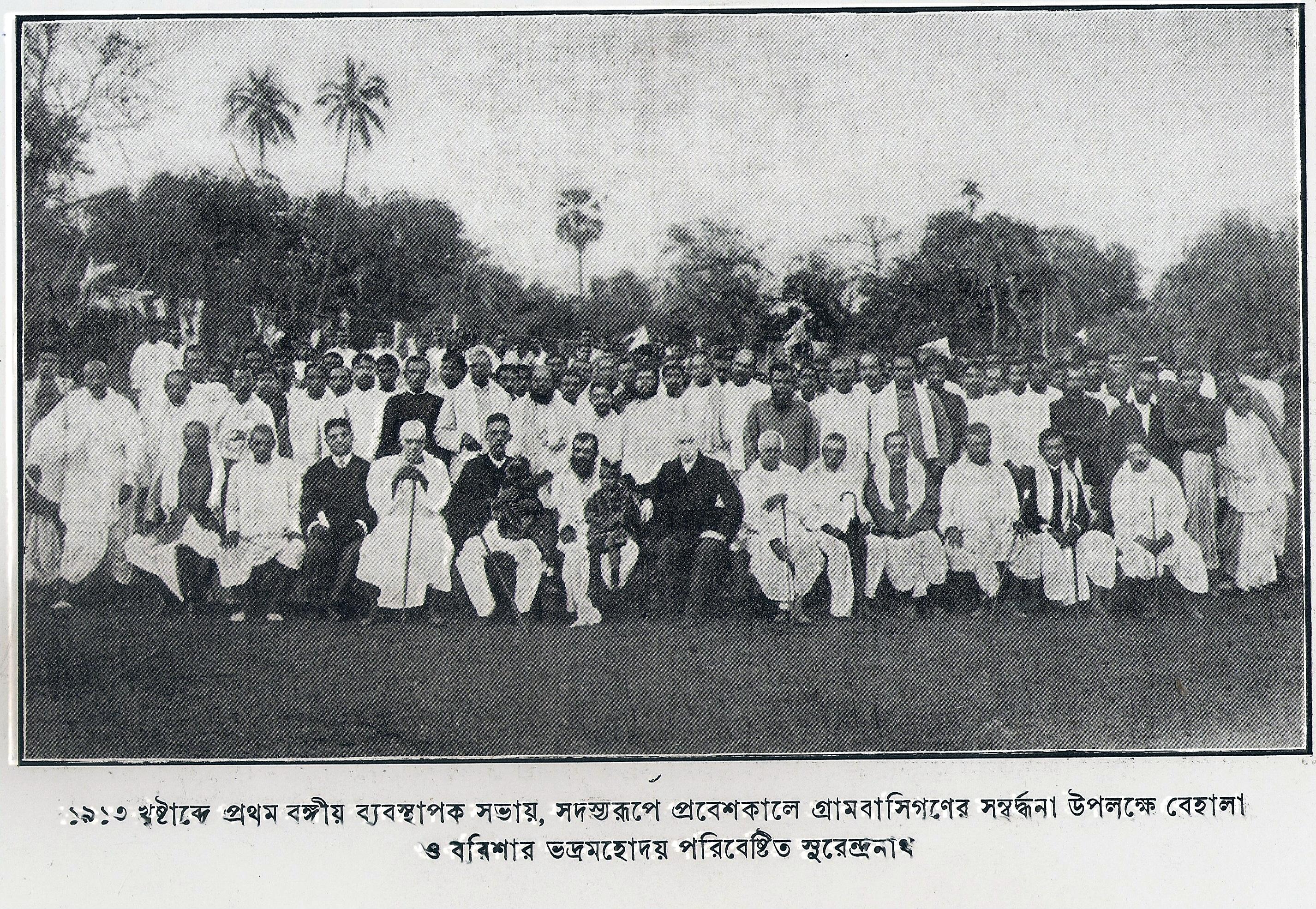The promulgation of the Indian Council Act of 1909 was a political answer of the government to the phase of turmoil and militant activities that followed the Indian Council Act of 1892.
There was growth of impatience during the period and many started to question the goal and methods of the Congress.
It was an outcome of tremendous rise in the number of educated youth who constituted the majority of the extremists and revolutionary streams of the Indian National Movement who demanded drastic political reforms.
ADVERTISEMENTS:
The overall political consciousness increased due to rise in the number of newspapers and journals published during the period.
The number of Indians who were conscious of their rights as citizens and of the duties of a government increased and so did the number of people who understood the disadvantages of being under alien rule increased substantially.
Moreover, during the Viceroyalty of Lord Curzon many agitations look place because of the decision of the government.
ADVERTISEMENTS:
The partition of Bengal was one such decision that gave great shock to all the nationalist leaders and brought resentment of the people to the surface.
The Congress leaders began to think in terms of reconsidering the ultimate goal of their organization and, more particularly method of putting pressure on the British.
Popular slogans of Swadeshi, boycott and national education were raised. Although some of the Moderate leaders, especially in Bengal supported the Swadeshi Programme of the Extremists, but there soon arose differences amongst the Moderates and the Extremists regarding the meaning and scope of the term. Consequently, Congress split on ideological grounds at Surat (1907).
The Moderates retreated and returned to the method of appeals and petitions. They wanted the government to make some liberal gesture.
ADVERTISEMENTS:
In order to take maximum advantage of the situation the government decided to introduce the so-called Constitutional Reforms to strengthen the Raj by rallying the Moderates to the empire and encourage divisions amongst politically active Hindus and Muslims and use the ‘divide and rule’ strategy by enacting the Indian Council Act of 1909, popularly known as Morley-Minto Reforms since it was drafted by John Morley, Secretary of State for India and Lord Minto, the Viceroy.

